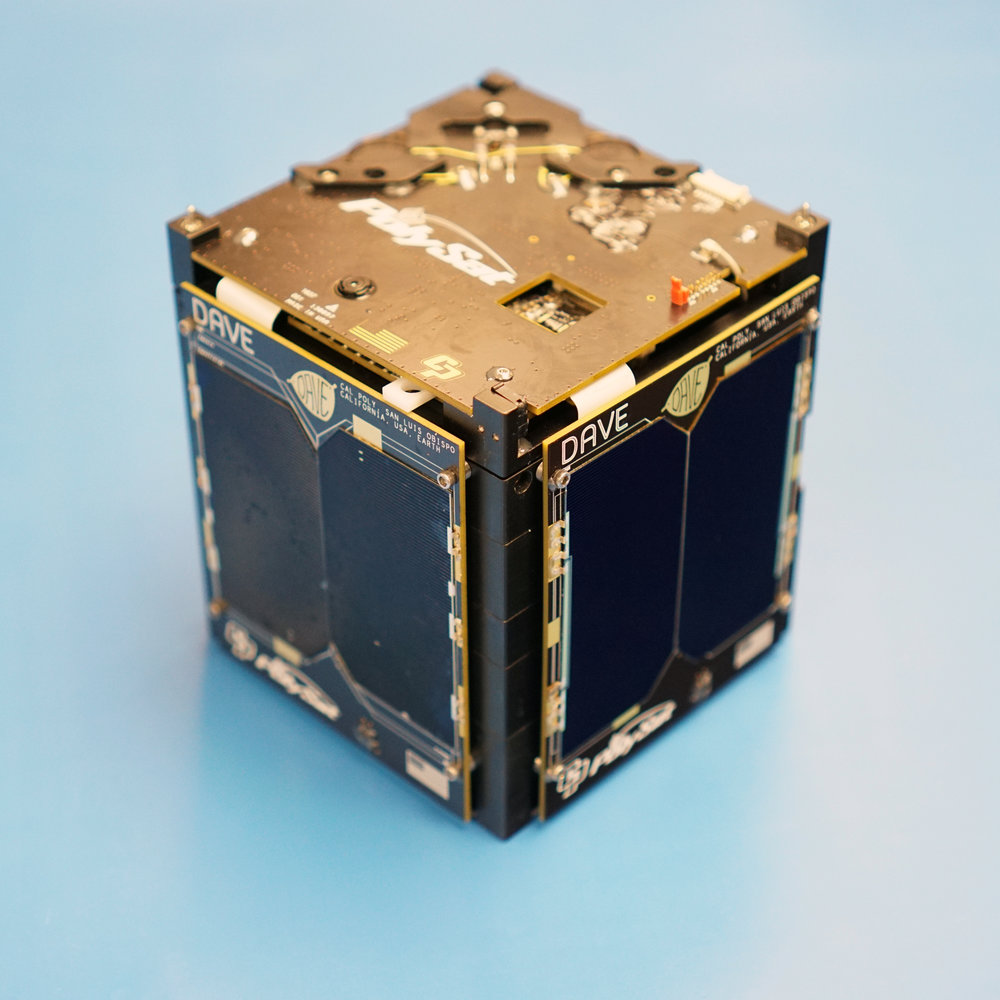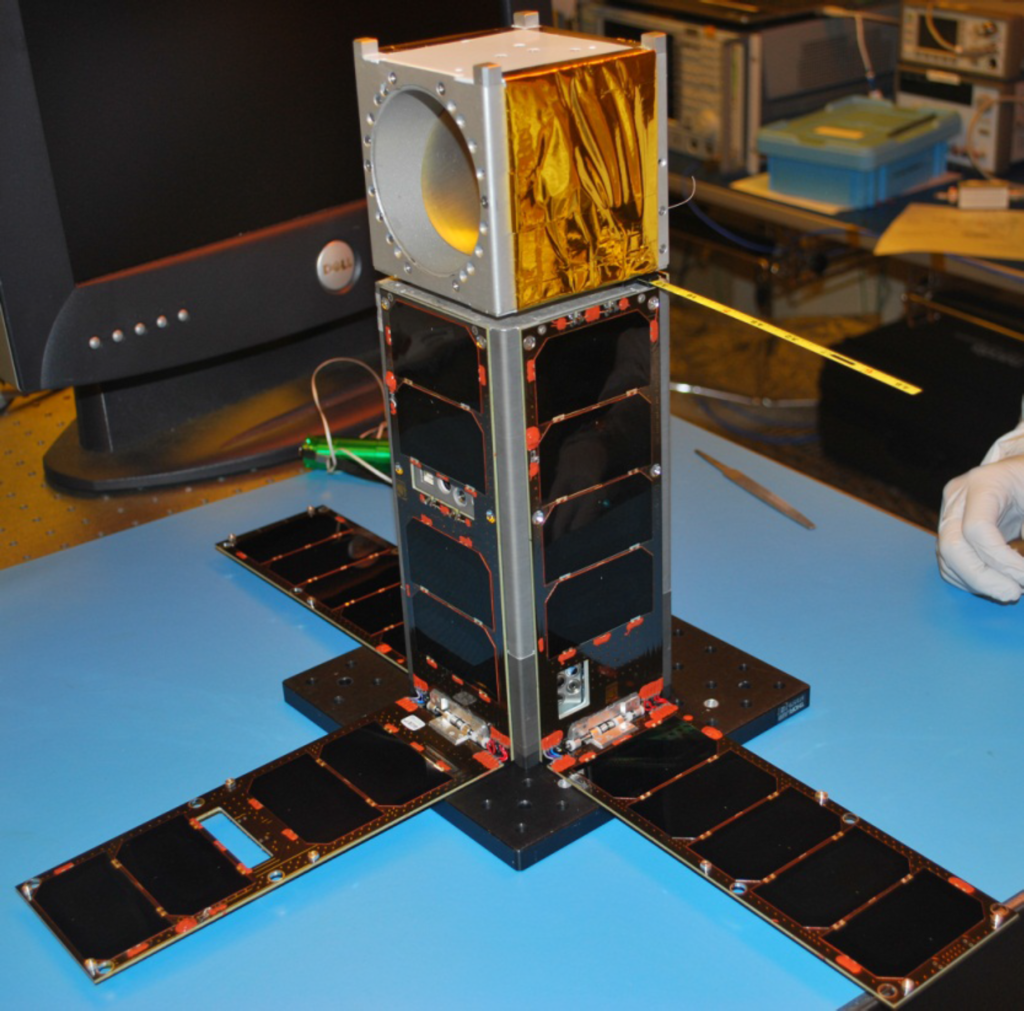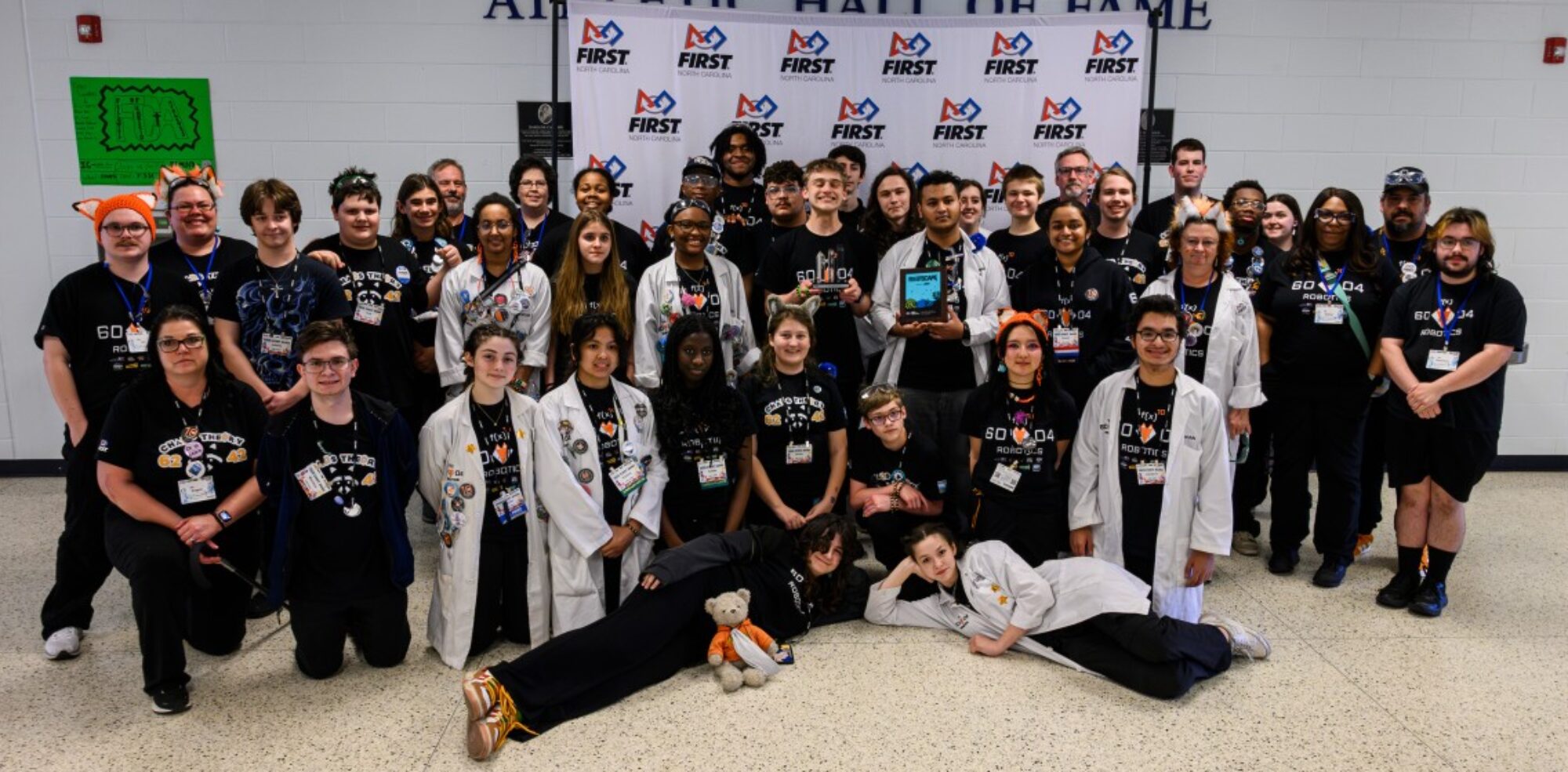NASA’s CubeSat Program
Jordi Puig-Suari and Bob Twiggs created CubeSats in 1999 for educational purposes that have had a great impact on research and development of space exploration and knowledge. NASA’s CubeSat Launch Initiative has allowed many people and organizations to have the opportunity to launch their CubeSat(s) into space, including schools. What people feared doing commercially, no matter how impossible and risky, was kick-started with the introduction of CubeSats. This miniaturized satellite for space research and applications weighs <3 lbs and has a volume of 1 quart.
The process of students designing, building and launching a CubeSat takes about 2-3 years.
First Step
The first step of this process is looking into NASA’s call for proposals. This will help us know what NASA wants our cube-sat accomplish.

After That
After that, we can submit our idea to NASA in November. And in February of 2021, NASA will announce which cube-sats they will fund.

Why is this program special?
This addresses aspects of NASA’s science, technology and education goals, whether that is aiding in the expanded presence of humans in our solar system, or determining the effects of space on satellites and humans. After that, we can submit our idea to NASA in November. And in February of 2021, NASA will announce which cube-sats they will fund.
Benefits of this program include development of human capital, better filling the STEAM pipeline, inspiring the next generation, emphasis on teamwork and creativity, and real-world, authentic science and engineering.


